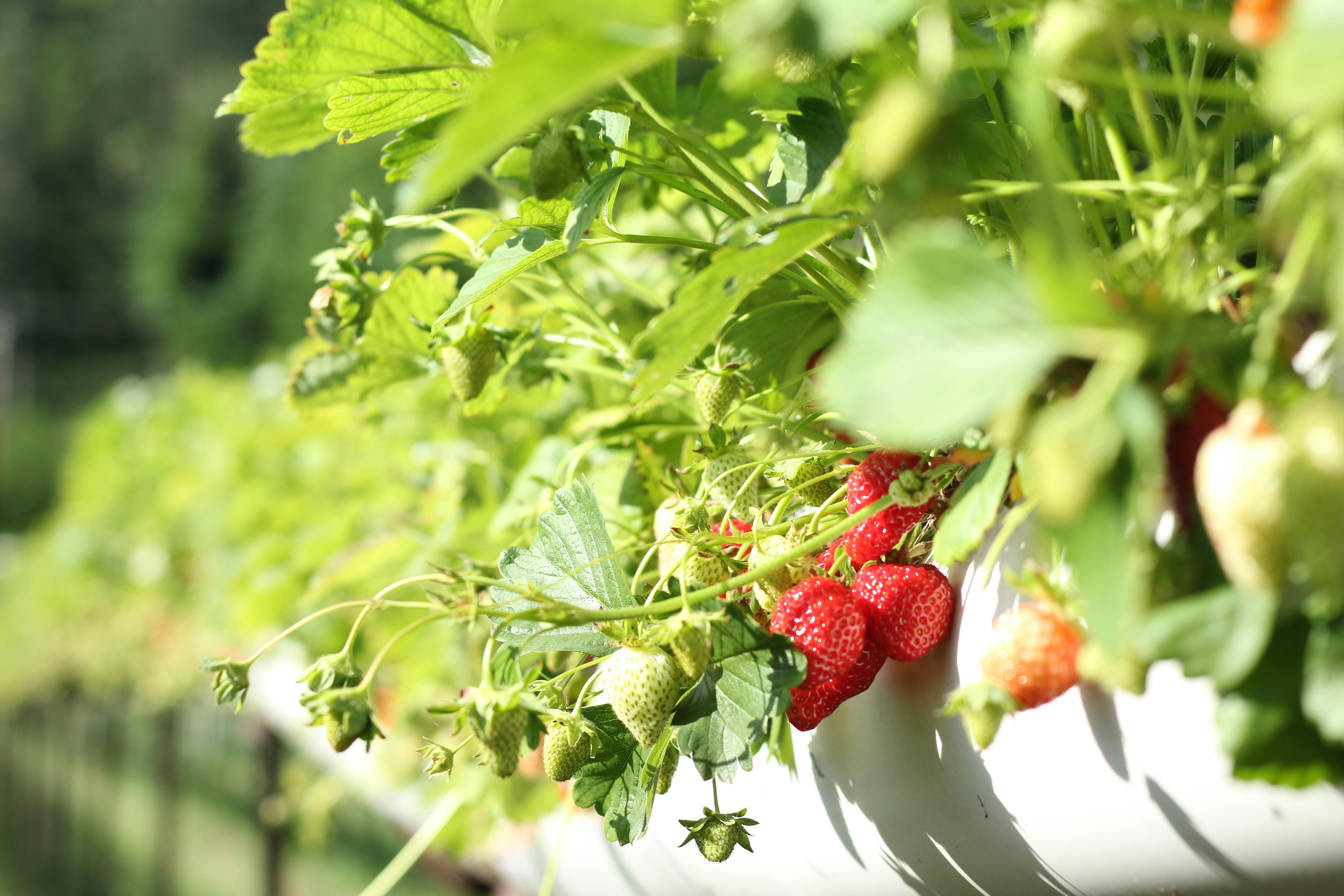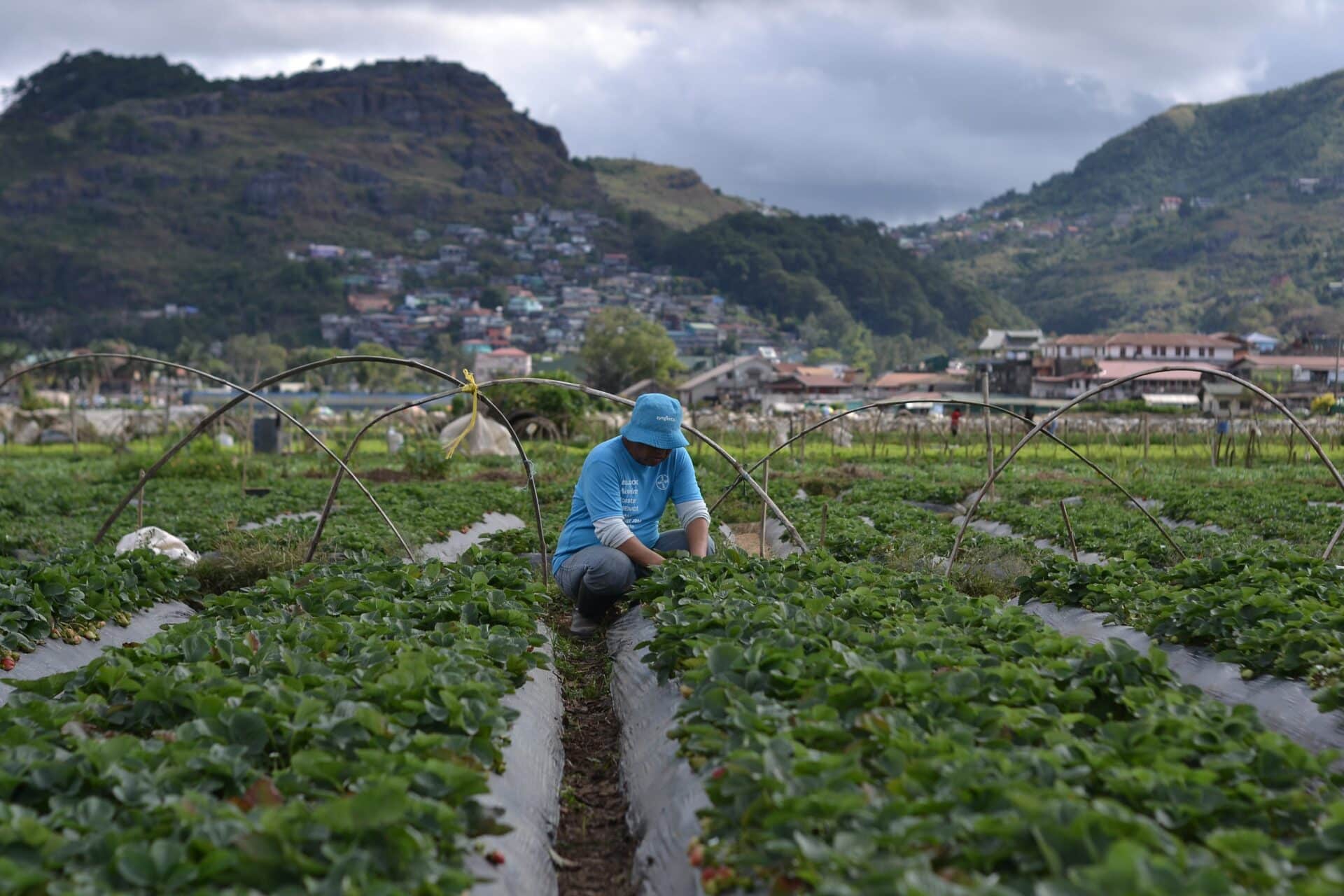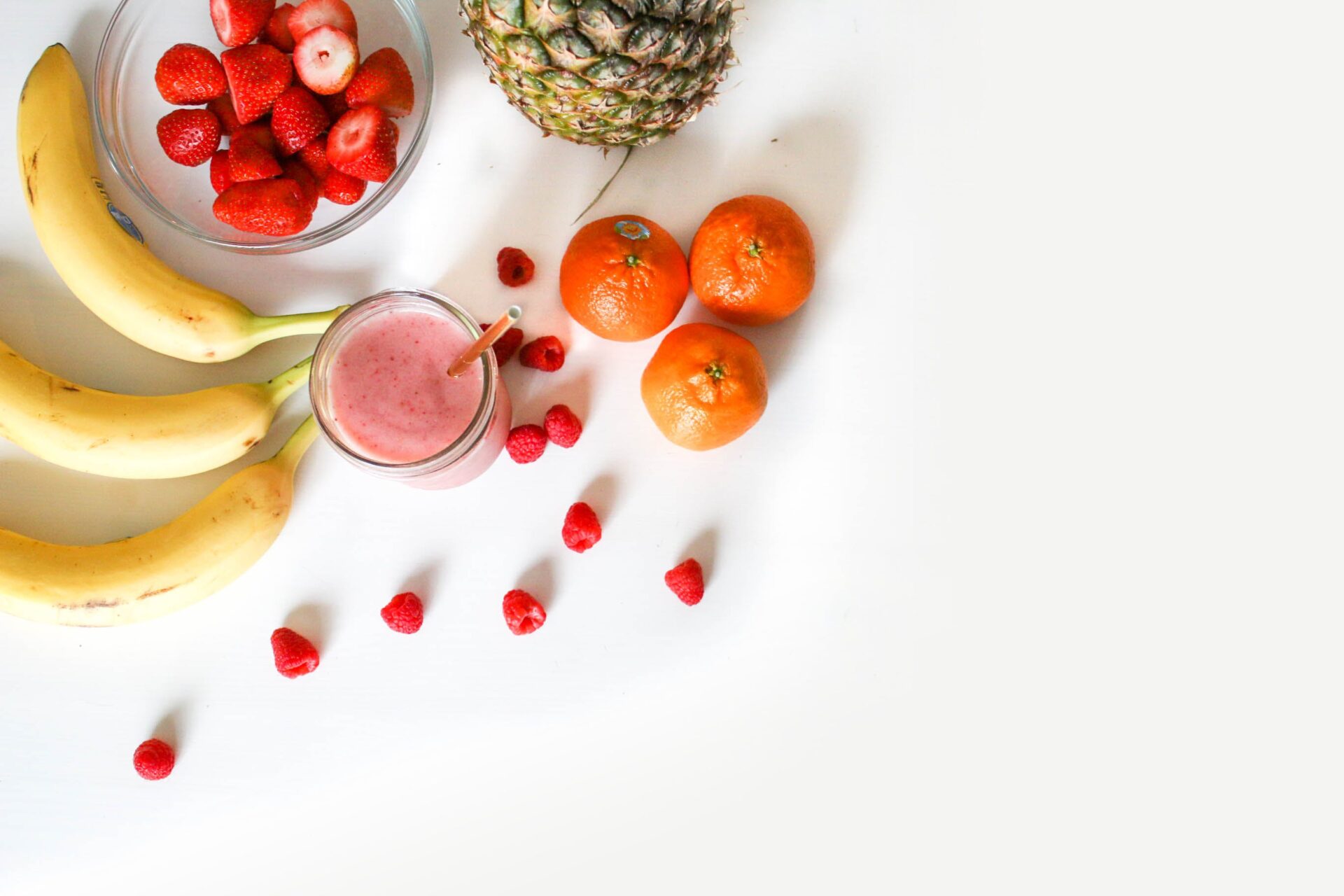Strawberry plants are a popular fruit to grow in gardens. They are easy to care for and can produce a plentiful crop of sweet, juicy berries. But when is the best time to divide strawberry plants? Dividing strawberry plants is essential for maintaining healthy, productive plants, but timing is important in order to achieve the best results. In this article, we will discuss when to divide strawberry plants and how to do it correctly.The best time to divide strawberry plants is in late summer or early fall. This allows plenty of time for the plants to establish themselves before the cold weather sets in. It is also important to wait until after the plants have finished fruiting, as this ensures that the existing plants are healthy and vigorous before dividing.
Dividing Strawberry Plants
Dividing strawberry plants can be a great way to increase the size of your harvest. By dividing the plants, you can create new stock of healthy plants that are resistant to disease and pests. This can be a great way to save money on buying new plants, as well as ensuring that the quality of your strawberries is always high. Additionally, dividing your strawberry plants will also help you to maximize the growth potential of your existing plant stock.
The process of dividing strawberry plants is fairly simple. Start by removing any dead or diseased foliage from the plant and then carefully dig up the entire root system. Make sure not to damage any of the roots in the process. Once you have removed them from the soil, divide them into sections, making sure each section has at least two or three healthy crowns attached.
Once divided, you can replant each section in well-draining soil in an area with full sun exposure. Make sure that there is ample space between each plant so they will have enough room to spread out and grow freely without crowding one another. Water regularly and provide sufficient fertilizer throughout their growing season for maximum growth potential.
By dividing your strawberry plants, you can enjoy an increased number of healthy, productive plants with a higher yield than before. Plus, since your strawberries will be more resistant to disease and pests due to their increased health, you’ll be able to enjoy a larger harvest for longer periods of time without worrying about crop failure or infestations affecting your entire crop.
Preparing the Plant
When preparing to divide a strawberry plant, it is important to first make sure the plant is healthy. Inspect the leaves and stems for any signs of disease or damage. If there are any unhealthy parts, they should be removed before dividing. When the plant is healthy and ready to be divided, there are a few steps that need to be taken.
Gather Supplies
Before beginning, it is important to have all the necessary supplies on hand. This includes gardening gloves, a sharp knife or pruning shears, and a potting mix suitable for strawberries. If planting multiple plants in one pot or container, also gather enough pots or containers for each plant.
Dividing the Plant
Once all supplies are gathered together, it is time to begin dividing the plant. Carefully remove it from its current pot or container and shake off any excess soil. Place it in a shallow tray of water and use your hands or gardening gloves to gently pull apart each crown of leaves. With your knife or pruning shears, carefully cut through the roots of each crown until you have several divisions with at least two sets of leaves each.
Potting Up
When you have finished dividing the strawberry plant, it’s time to start potting up your divisions. Fill each pot with a mixture of soil and compost until about three-quarters full. Place one division in each pot and fill in around it with more soil mixture until just below the crowns of leaves. Gently press down on the soil mixture around each division as you fill them in.
Caring for Your Divisions
Once your divisions are potted up, give them a good watering and place them in an area where they will get plenty of sunlight. Water regularly throughout the summer months but make sure not to over-water as this can lead to root rot. Strawberry plants will benefit from an occasional feeding with an organic fertilizer during their growing season as well.
Tools Needed for Dividing Strawberry Plants
Dividing strawberry plants is a great way to increase the yield of your harvest. To get the best results, you will need to have the right tools on hand. The most important tool for dividing strawberry plants is a sharp, sterile knife. This will help ensure that you are able make clean and precise cuts, which is essential for successful plant division. You will also need a pair of protective gloves to protect your hands from any potential cuts or irritation from the sharp knife or other tools you use. Additionally, it’s a good idea to have an old towel or cloth nearby to wipe down and sterilize your knife after each cut. Finally, you may want to have some potting soil handy so that you can quickly replant newly divided plants into new containers or garden beds.
Overall, it’s important to have the right tools on hand when dividing strawberry plants. A sharp, sterile knife is essential for making accurate and clean cuts while protective gloves are necessary to protect yourself from potential hazards. Having an old towel or cloth nearby is also useful for wiping down and sterilizing your knife after each cut. Finally, don’t forget potting soil so that newly divided plants can be quickly replanted into new containers or garden beds. With these tools in hand, you’ll be ready for successful strawberry plant division!
Divide Strawberry Plants
Strawberry plants can be divided easily and propagated to produce more plants. This is an easy and cost-effective way to increase your strawberry crop. Here are the steps to divide your strawberry plant:
1. Start by selecting a healthy strawberry plant that has a good root system and is free from disease or pests. This will ensure that the divided plants will be healthy and productive.
2. Dig up the entire strawberry plant, making sure to remove all the soil from around the roots. Carefully comb through the roots with your fingers to loosen them up and remove any debris, such as weeds or stones, that may be attached to them.
3. Cut through the root system close to its center with a sharp knife or pruning shears, taking care not to damage any of the roots in the process. If desired, you can also use this opportunity to trim away any damaged or dead leaves on the plant before dividing it further.
4. Separate the two halves of the root system, making sure each half has a good number of healthy roots attached. If necessary, you can use additional tools such as scissors or garden snips to separate any particularly thick or tangled roots that cannot be pulled apart by hand easily.
5. Replant each half of the divided root system in a new pot or area of your garden, ensuring that they are firmly placed in well-draining soil and given adequate light and water for optimal growth and productivity.
By following these simple steps, you can easily divide your strawberry plants and propagate even more!

Tips For Planting Divided Strawberry Plants
Planting divided strawberry plants is an easy and rewarding way to increase your strawberry crop. There are a few simple tips to ensure your strawberry plants will thrive in their new environment. First, choose a sunny spot with well-drained soil. Strawberries need at least six hours of direct sunlight each day and loose, aerated soil for their root system to develop. After choosing a spot, dig a shallow hole that is wide enough for the entire crown of the plant. The crown is the part of the plant where the stems and leaves emerge from. Place the plant into the hole no more than an inch below soil level and then gently backfill it with soil until it is firmly in place. Lastly, water thoroughly and keep the area weeded until new growth appears.
It is important to keep your newly planted strawberry plants well-watered during their first season in order to encourage healthy growth. If there are periods of drought, use mulch or straw around the base of each plant to help keep moisture in and weeds out. You should also fertilize regularly throughout the growing season with a balanced fertilizer such as 10-10-10 or something similar. This will help provide all of the nutrients your plants need for strong growth.
Finally, when it comes time to harvest your strawberries you should be prepared for some disappointment because not all berries will ripen at once. To ensure you get all of your ripe berries, pick them every two or three days so they don’t spoil on the vine. With these tips for planting divided strawberry plants, you can enjoy an abundant harvest every year!
Common Mistakes When Dividing Strawberry Plants
Dividing strawberry plants can be a tricky process for gardeners, as there are many important steps to take to ensure successful propagation. Some of the most common mistakes made when dividing strawberry plants include: not providing adequate sunlight, incorrectly spacing the plants, harvesting too soon, and failing to properly water the plants.
Not Providing Adequate Sunlight
Sunlight is essential for healthy growth of any plant, and strawberries are no exception. Without enough sunlight, the plants will not have enough energy to produce fruit. When planting strawberries in an area without sufficient sunlight, it is best to use a reflective material such as aluminum foil or white plastic sheeting to help reflect light onto the plants.
Incorrectly Spacing The Plants
Strawberry plants need adequate space between each other in order to grow properly. If they are planted too close together, the roots will compete for resources and may cause stunted growth or even deaths due to overcrowding. When planting new divisions of strawberries, it is important to space them out properly so that each individual plant has enough room to grow and develop.
Harvesting Too Soon
It is important to wait until the berries are ripe before harvesting them. If harvested too early, the fruit will not have had time to fully develop its flavor and sweetness. Additionally, immature fruit can cause digestive issues if eaten before it has ripened fully on the vine. For best results, wait until the berries are deep red in color before picking them off of the plant.
Failing To Properly Water The Plants
Strawberries need regular watering in order for them to produce large and flavorful fruits. During hot summer months it may be necessary to water more frequently than usual in order keep soil moist and prevent dehydration of the plant’s root system. Additionally, using mulch around strawberry plants can help retain moisture in soil during hot days and reduce water loss from evaporation.
Aftercare Do Divided Strawberry Plants Require?
When dividing strawberry plants, it is important to ensure that the plants receive proper aftercare. After dividing the plants, they should be placed in a sunny location and watered frequently. Keep the soil lightly moist but not soggy. If the soil becomes too dry, the plants may not survive. Additionally, mulch should be applied to help retain moisture and regulate soil temperatures. Fertilizer should also be applied every two to three weeks to help promote healthy growth. It is also important to monitor for pests and diseases and take appropriate measures if needed. Lastly, it is important to prune any dead or diseased foliage immediately to prevent further damage.
Once established, strawberry plants require regular maintenance throughout the growing season. Deadheading spent flowers will encourage more fruit production and keep them producing until late summer or early fall. Additionally, new foliage should be monitored for pests or diseases and treated accordingly as needed. Lastly, fertilizing every two weeks will help keep the plants healthy and productive throughout the growing season.

Conclusion
Strawberry plants should be divided when the center of the plant has begun to die out, when overcrowding has become an issue, or when you want to propagate a new plant. When dividing strawberry plants, it is important to remember to use a sharp knife or spade to separate the crowns, and take care in replanting them in well-drained soil with plenty of compost and fertilizer. If done correctly, dividing your strawberry plants can help ensure that they remain healthy and productive for years to come.
Overall, dividing strawberry plants is a great way to keep your garden healthy and thriving. While it may seem like a daunting task, following these simple steps will ensure that your strawberry plants will remain healthy and productive for many years.



